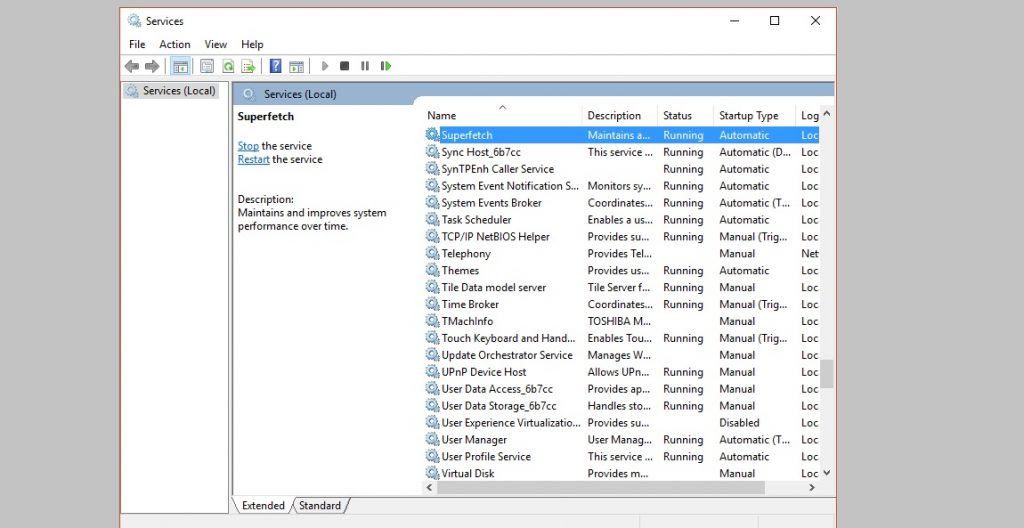Service Host Superfetch is a Windows process that helps your computer preload apps you use frequently so they launch faster. If you have an older computer, or if you frequently use apps that are resource-intensive, you may want to disable Service Host Superfetch to improve performance.
What is Service Host Superfetch?
Service Host SuperFetch is a Windows service that was introduced in Windows Vista and has been part of every Windows release since. Service Host SuperFetch helps to improve system performance by pre-loading commonly used apps and files into memory.
How does Service Host Superfetch work?
Service Host Superfetch is a process that was introduced in Windows Vista and has been present in all subsequent Windows releases. Its main purpose is to improve system performance by preloading data into memory so that it can be accessed more quickly by applications.
When Service Host Superfetch is enabled, the operating system monitors which applications are used most frequently and preloads data from those applications into memory. This data includes frequently used files, libraries, and registry hives. By preloading this data into memory, Service Host Superfetch reduces the amount of time that is required to load applications.
Service Host Superfetch can have a positive impact on system performance, but it can also consume a significant amount of resources. For this reason, it is generally recommended that users disable Service Host Superfetch if they do not experience any benefits from its use.

What are the benefits of Service Host Superfetch?
Service Host Superfetch is a new feature in Windows 10 that improves the performance of your computer by prefetching and caching data from your most frequently used apps and programs. This can speed up your computer’s startup time and overall responsiveness, especially if you have a lot of programs installed. Superfetch also works with Windows’ virtual memory feature to improve your computer’s performance even further.
How do I disable Service Host Superfetch?
There are a few ways to disable Service Host Superfetch. You can either disable it through the Task Manager, or you can use the Registry Editor to turn it off.
To disable Service Host Superfetch through the Task Manager, press “Ctrl + Shift + Esc” to open the Task Manager. Then, click on the “Services” tab. Find the “Superfetch” service, right-click on it, and select “Properties.” In the Properties window, change the “Startup type” to “Disabled” and then click “OK.”
To disable Service Host Superfetch through the Registry Editor, press “Windows + R” to open the Run dialog box. Then, type “regedit” and press Enter. In the Registry Editor, navigate to the following key:
HKEY_LOCAL_MACHINE\SYSTEM\CurrentControlSet\Services\WudfSvc
On the right-side of the window, find the “Start” DWORD (REG_DWORD) value and double-click on it. In the Edit window that appears, change the value from 3 to 4 and click “OK.” Close the Registry Editor and restart your computer for the changes to take effect.
How do I troubleshoot Service Host Superfetch issues?
Microsoft has released a guide on how to troubleshoot Superfetch-related issues.
If your computer is running slowly or if you’re noticing high disk usage when idle, you may have a Superfetch-related issue. Microsoft has released a guide on how to troubleshoot these issues.
The guide includes the following sections:
- Understanding Superfetch
- Check if Superfetch is causing performance issues
- How to disable Superfetch
You can access the guide here:
https://support.microsoft.com/en-us/help/927385/how-to-troubleshoot-service-host-superfetch-related-performance-issues







